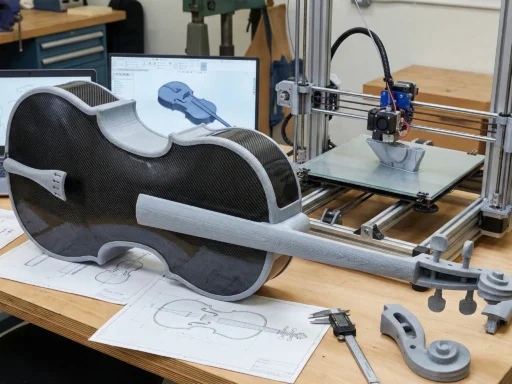When Chinese astronauts land on the Moon, they plan to 3D print themselves a base from lunar regolith, according to a Space.com report.
Citing a China Central Television (CCTV) transmission, the outlet says China is perfecting the process of 3D printing concrete in space, ahead of a planned landing in 2028. Once ready, it’s believed this process will help establish an International Lunar Research Station on the lunar surface, using a 3D printer carried to site by the proposed Chang’e 8 research robot.
The country’s 3D printing R&D efforts are already well underway. Last year, a resupply mission saw a number of moondust-based bricks launched to Tiangong space station. Made using three different types of sintering, these structures are set to be strapped to the outside of the base and exposed to cosmic radiation and temperature fluctuations.
The experiments are expected to help Chinese scientists understand which materials, structures, and technologies are best suited to meeting its lunar infrastructure needs.
At the moment, space resupply missions are hugely expensive. NASA pays SpaceX $152 million per trip. As such, finding an economical off-world construction method is absolutely vital to space exploration – and 3D printing using moondust has long been touted as the answer.
Amid President Donald Trump’s tariffs on the country, US-China relations are frayed to say the least. In this context, it would be tempting to view China’s latest advance as a step forward in the countries’ race to return to the Moon, but Chinese scientists see things differently.
Project leader Ding Lieyun said: “As we keep working, our understanding has deepened, and we have realized that it is not just our team making efforts. Scientists from all over the world are tackling this challenge together.“
“When it comes to energy issues, some experts told us, ‘You don’t need to worry about energy. There are specialized teams working on that. You’ll just use their results when the time comes.’
“That realization has served as a big step forward. This is why interdisciplinary collaboration is so important. When these forces come together, they create something truly extraordinary.“
When you consider ICON’s own moonbase 3D printing plans, which have been public knowledge for some time now, Lieyun’s comments make a lot of sense. After all, 3D printing has always benefited from cross-functional collaboration, and all boats rise in a rising tide!
Knowledge sharing will be key, but only time will tell if the technology is eventually deployed on the lunar surface. We’ll find out soon enough – China plans to land on the Moon’s south pole by 2028. NASA’s Artemis 2 mission is set to see humans return to the Moon by April 2026.





